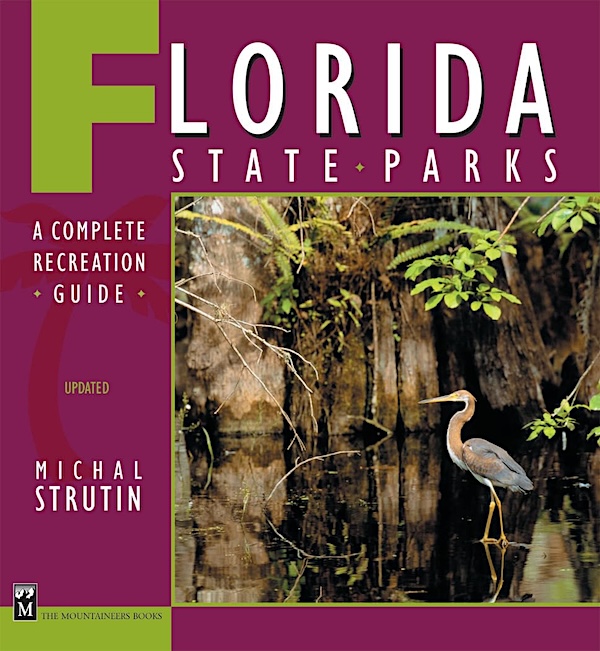
Each year as February winds down, Perry residents witness a familiar transformation of the local landscape. The drab winter woods suddenly come alive with splashes of brilliant yellow as Carolina Jessamine begins its annual show. This native vine, scientifically known as Gelsemium sempervirens, emerges as one of the first harbingers of spring in our North Florida community.
Walking through Perry’s natural areas in late February, your eyes are inevitably drawn to these climbing vines adorned with bright yellow trumpets. The Jessamine drapes itself across understory trees and shrubs, creating golden cascades against the still-dormant forest backdrop. Its sweet fragrance carries on the breeze, subtle yet distinctive enough to catch your attention as you pass by.
Carolina Jessamine has adapted perfectly to our local conditions. It thrives in Perry’s acidic, sandy soils where many other ornamentals would struggle. The vine demonstrates remarkable resilience, weathering our occasional winter cold snaps while preparing to put on its spectacular display at winter’s end. This timing isn’t accidental—the plant has evolved to bloom when few competitors exist for the attention of emerging pollinators.
For Perry’s wildlife, the Jessamine serves a critical ecological function. Its early-season flowers provide essential nectar for bees and butterflies awakening from winter dormancy or arriving back from migration. Watch closely and you’ll observe various native bee species visiting the tubular blooms, their bodies dusted with yellow pollen as they move from flower to flower.
Many long-time Perry residents incorporate this native vine into their landscapes, recognizing its beauty and low-maintenance nature. Unlike many non-native ornamental, Carolina Jessamine requires minimal care once established. It needs no fertilizer, resists most pests, and survives drought with ease—qualities that perfectly suit our local growing conditions.
The relationship between Perry and this wild beauty extends beyond aesthetics. The jessamine represents our region’s natural heritage—a living connection to the ecosystems that existed here long before human settlement. As development continues to transform parts of Taylor County, these native plants maintain biological continuity with the past.
Despite its beauty, Carolina Jessamine demands respect. All parts contain toxic compounds that have been used historically in medicine but can be dangerous if ingested. This toxicity represents the complex relationship humans have always had with the natural world—we admire its beauty while acknowledging its power.
As March progresses, the Jessamine’s blooms will gradually fade, giving way to other spring flowering plants in Perry’s seasonal progression. But for these few weeks, this wild vine claims center stage, transforming ordinary fence lines and woodland edges into spectacular displays that remind us spring has arrived in North Florida once again.



Leave a Reply